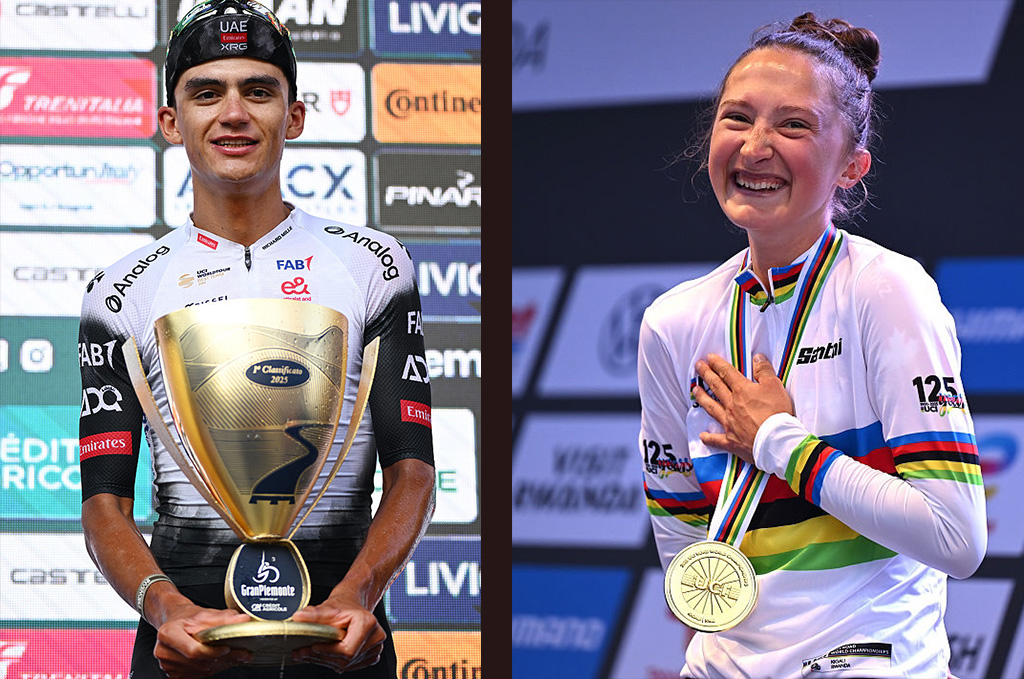Opinion: How history will view Zomegnan's Giro d'Italia reign
Fiery race director made some mistakes but also great strides
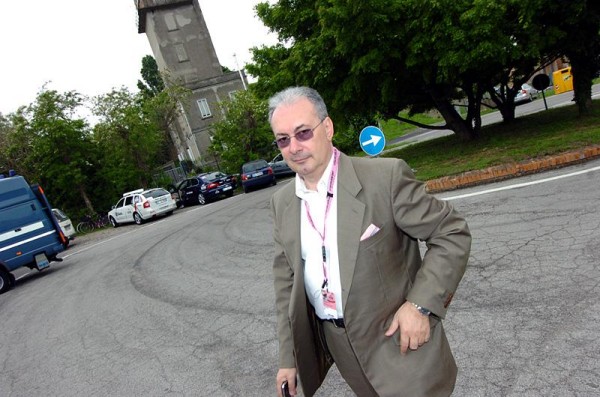
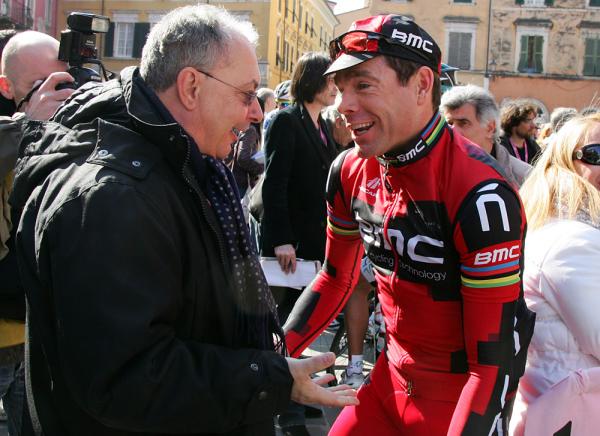
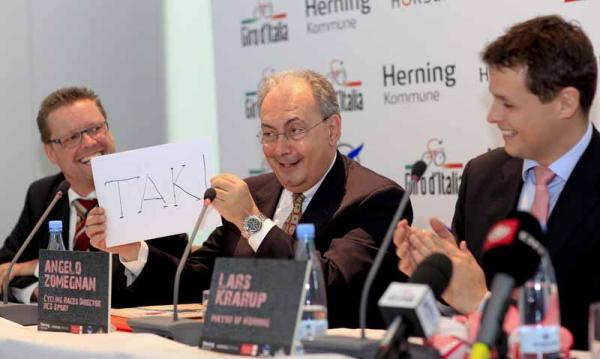
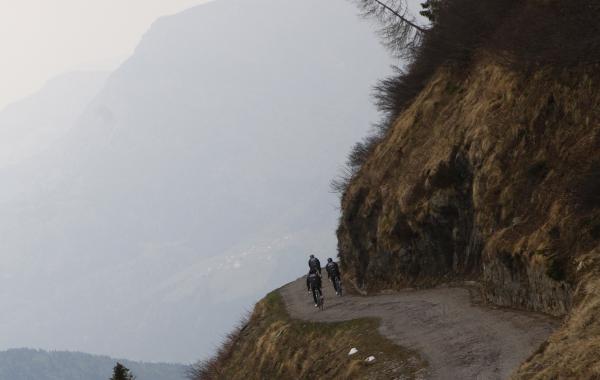
Rumours of Angelo Zomegnan’s impending departure from the directorship of the Giro d’Italia began to circulate during the last week of this year’s Corsa Rosa. It was therefore only a minor surprise when they were confirmed last week. Zomegnan had been in situ since September 2004, but his tenancy will stretch no further.
The former Gazzetta dello Sport journalist who heralded his reign with a night-time prologue in Reggio Calabria in 2005 – and sprinkled innovations throughout his seven-year reign – will return to an editorial role with La Gazzetta and reportedly assume a new one in the organizing committee of the 2013 World Championships in Florence.
The Giro has decided to replace him not with one man but several: RCS Sport director Michele Acquarone and current Giro race director Mauro Vegni in the cockpit, with former riders Stefano Allocchio and Alessandro Giannelli shouting advice and assistance from the cabin.
It had been a rough couple of months for Zomegnan. A Giro trumpeted as the most spectacular ever took a tragic turn with Wouter Weylandt’s death on the third day, and from there the race staggered grief-stricken from one setback to the next.
The furore over the Monte Crostis descent and its eventual cancellation were symptomatic of a race which Vegni called “the longest, hardest, most complicated I’ve ever done.” And one which ended with a winner, Alberto Contador, whose emphatic performance may yet be overshadowed and even cancelled by doping sanctions resulting from the 2010 Tour de France.
Perhaps only those with intimate knowledge of the workings of the RCS Sport company and a true understanding of the Giro d'Italia director’s many responsibilities could truly judge Zomegnan. One such individual agreed that, this spring and at other times, the 56-year-old has taken unmerited flak.
Sometimes voluble, maybe hard-headed, most who worked with him would nonetheless acknowledge that he made a charismatic and courageous figurehead. Six years ago, when he took the reins from the more conservative Carmine Castellano, there were many sceptics, but his ambition and personality has given the Giro a certain swagger. Under his rule, the Giro realized what we outside Italy had known for years: the Corsa Rosa was the purists’ favourite race. Puffing out its chest, the Giro became the self-declared “hardest race in the world's most beautiful place.”
The latest race content, interviews, features, reviews and expert buying guides, direct to your inbox!
Herein perhaps lay Zomegnan’s problem. Emboldened by successes like his “discovery” of the Colle delle Finestre in 2005 and rediscovery of Tuscany’s white or sterrato roads in 2010, like Narcissus before his own reflection, Zomegnan fell in love if not with himself then at least with his homeland, and dived headlong into its alluring depths.
“[Former Tour de France director] Jacques Goddet told me he had one regret in life: he never had a peninsula like ours to design a race around,” Zomegnan said this spring. In hindsight, he might now feel that Goddet was lucky: for an artista like “Patron Zom” as he was often known, the temptations were many and irresistible. Riders and even fans and journalists ended up agreeing that this year’s gourmet version of the race was too rich to digest. And much too convoluted: always a source of bugbears, the transfers on this year’s race were widely considered to be the worst ever.
On the supposedly excessive nature of the course, Andreas Klöden, who wasn't even riding, maybe spoke for a few of his colleagues when he took aim on Twitter at "an ex-journalist who has never ridden these climbs.”
Nonetheless, there were perhaps other reasons, besides his own ambition and gourmandise, which pushed Zomegnan to over-egg the pudding.
In the time he governed the Giro, only two winners, Paolo Savoldelli and Denis Menchov, were untouched by doping scandals of some description. In the same period, magistrates and drug testers guillotined the Italian gruppo to the extent that, when the Italian Federation banned former dopers from the national championships in June, the start list contained just two major tour winners and two riders with a Classic in their palmarès, one of whom was the controversy-dogged Alessandro Ballan.
Many would have liked Zomegnan to apply a similar entry criterion at the Giro, barring former cheats. His hands tied by UCI rules, instead he chose the pragmatic option: he’d learned that he couldn’t always trust the riders and so all that left was the route. He immersed himself in the canvas. That wonderful peninsula. “The essence of the race and of cycling - the deep gorges, the mountains, the valleys,” as he put it this spring. Or to give them their proper names, the Colle delle Finestre, the Zoncolan, Plan de Corones, the Monte Crostis and. It was speculated that the so-called “Zoncolan of the South," - the Rifugio Calvanico, or even Alpe d'Huez would stand out in the 2012 Giro route.
Whether any of those climbs will now remain, will be decided and revealed over the coming months. The real reasons for Zomegnan’s departure, meanwhile, seem destined to remain a trade secret. Some say "Zombie" walked, others think he was pushed.
Those in the second camp maintain that for, all his many strengths, Zomegnan remained a difficult man to have around. “He was good because he shook things up: he was like a lion in the hen house,” says one former colleague. But for others, the same agent provocateur could also be an irritant. “He was a good director of the Giro but he went around like Napoleon... and Napoleon lost his empire too,” quipped one Italian journalist.
Alberto Contador’s victories in 2008 and 2011 and Denis Menchov’s in 2009 weren’t without their complications and caveats, but it at least said something that the Giro was again attracting international stars with proven grand tour pedigree. Ill-judged and ill-starred in many respects, Lance Armstrong’s appearance in 2009, engineered by Zomegnan, gave a further boost to the Corsa Rosa’s profile abroad.
He now leaves a race with much still in its favour despite a tricky current climate and a race designed by committee. Both professional and recreational cycling may be booming in some parts of the world, but in Italy the outlook is, if you’ll excuse the pun, not nearly as rosy.
An avowed admirer of the man who ran the Giro for forty years from 1949 to 1989, Vincenzo Torriani, Zomegnan should also rest assured that like Torriani he will be remembered as an innovator whose occasional gaffes were the forgivable excesses of a passionate man. “I think now you can say there is never a banal day at the Giro,” he said in April. And he was right.
The problem that his successors Acquarone and Vegni are quickly discovering that a lack of charisma and international influence come at a price.
Alberto Contador has already said that he won’t ride the Giro again as long as he’s still targeting the Tour. Many other international A-listers will feel, like the Spaniard, that the Giro under Zomegnan became too hard to ever make a Giro-Tour double viable again. This would have been fine in another era. But the Italian talent pool hardly runneth over. If one or more of Vincenzo Nibali, Damiano Cunego and Ivan Basso decides that the Tour must take priority, Italy may be left with a national tour conspicuously low on national hereos and sparkle dust in 2012.
